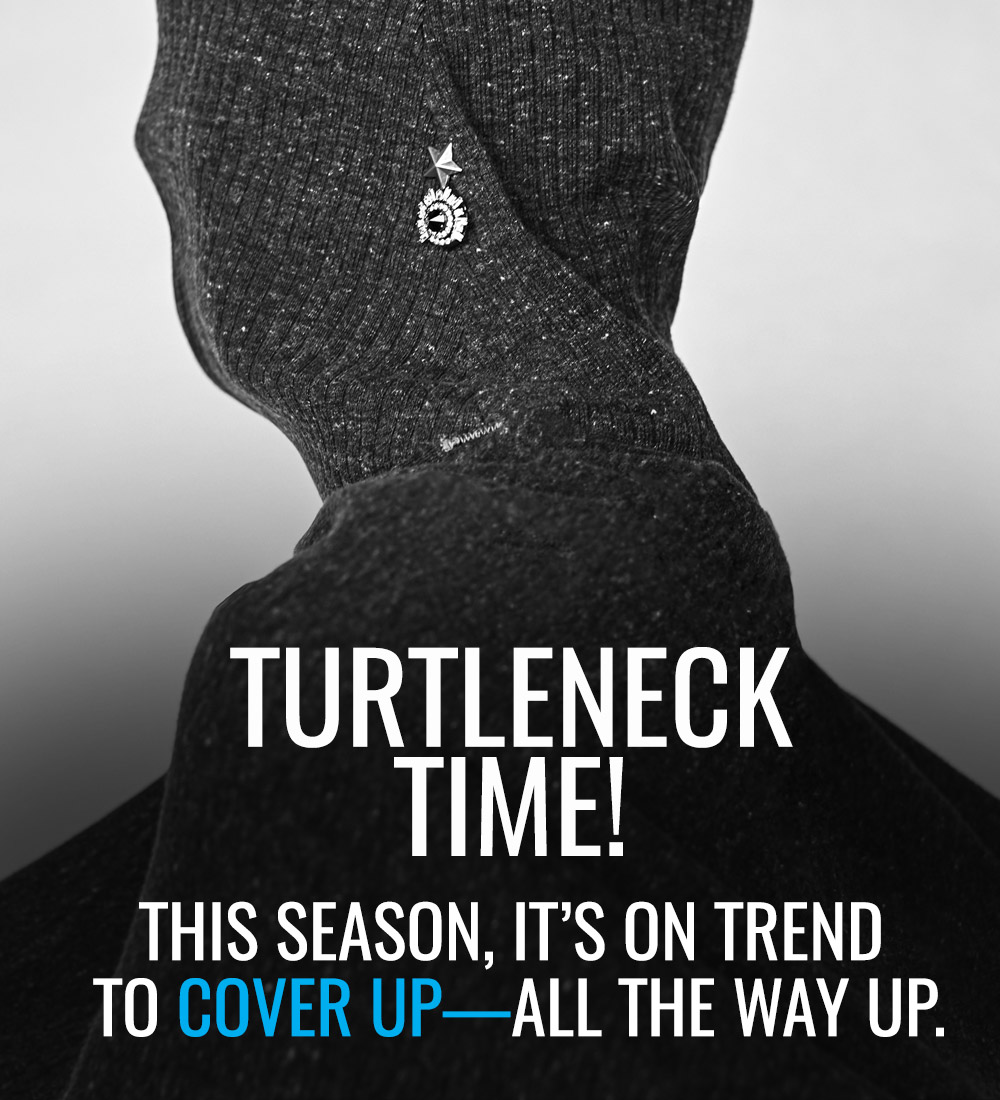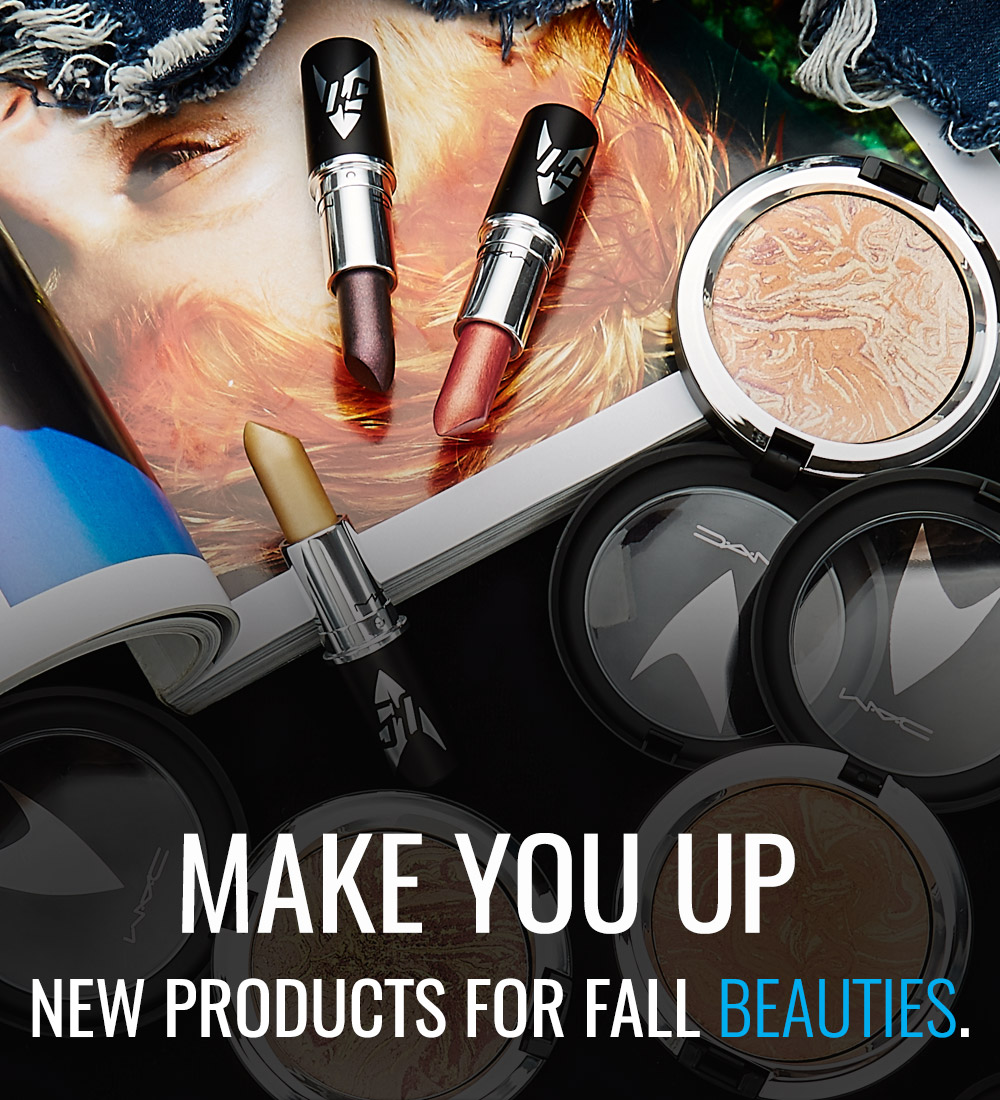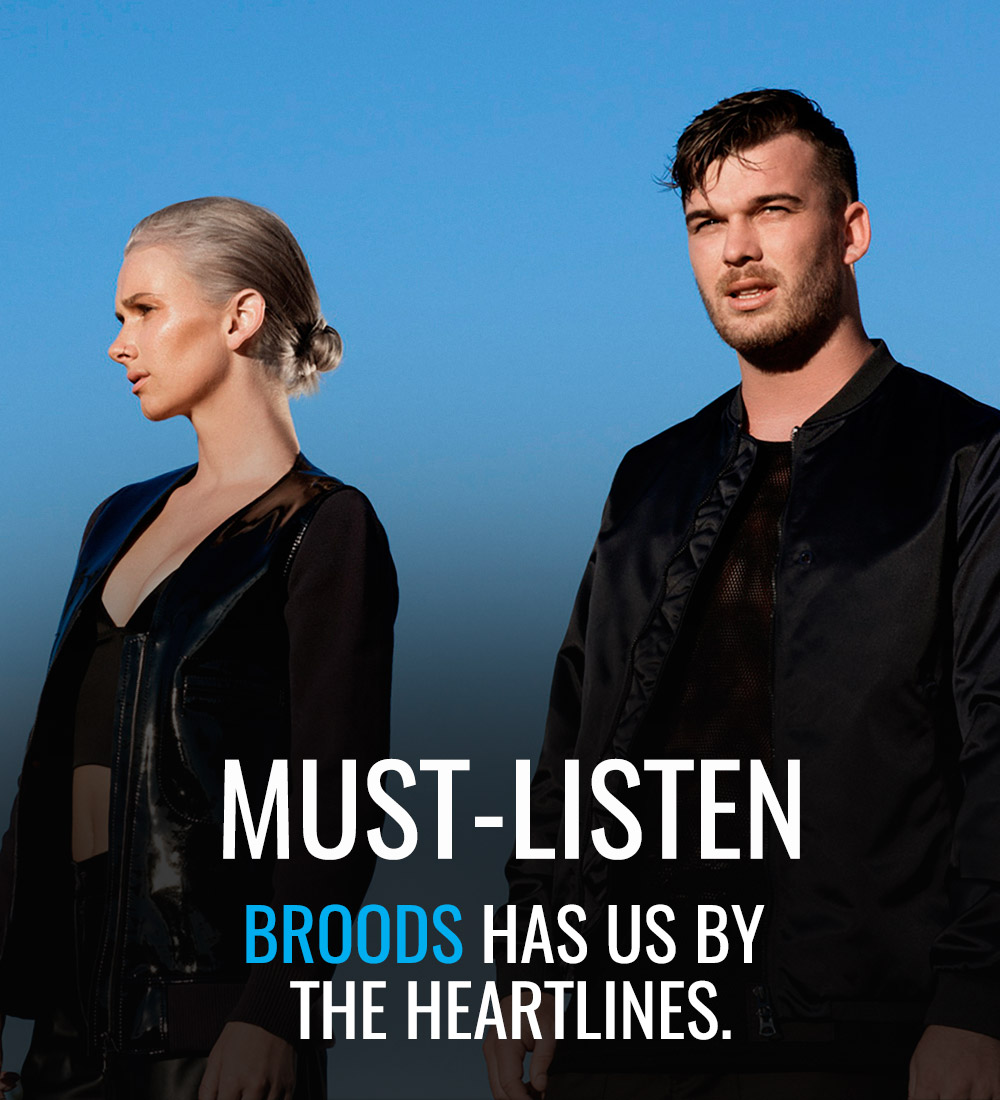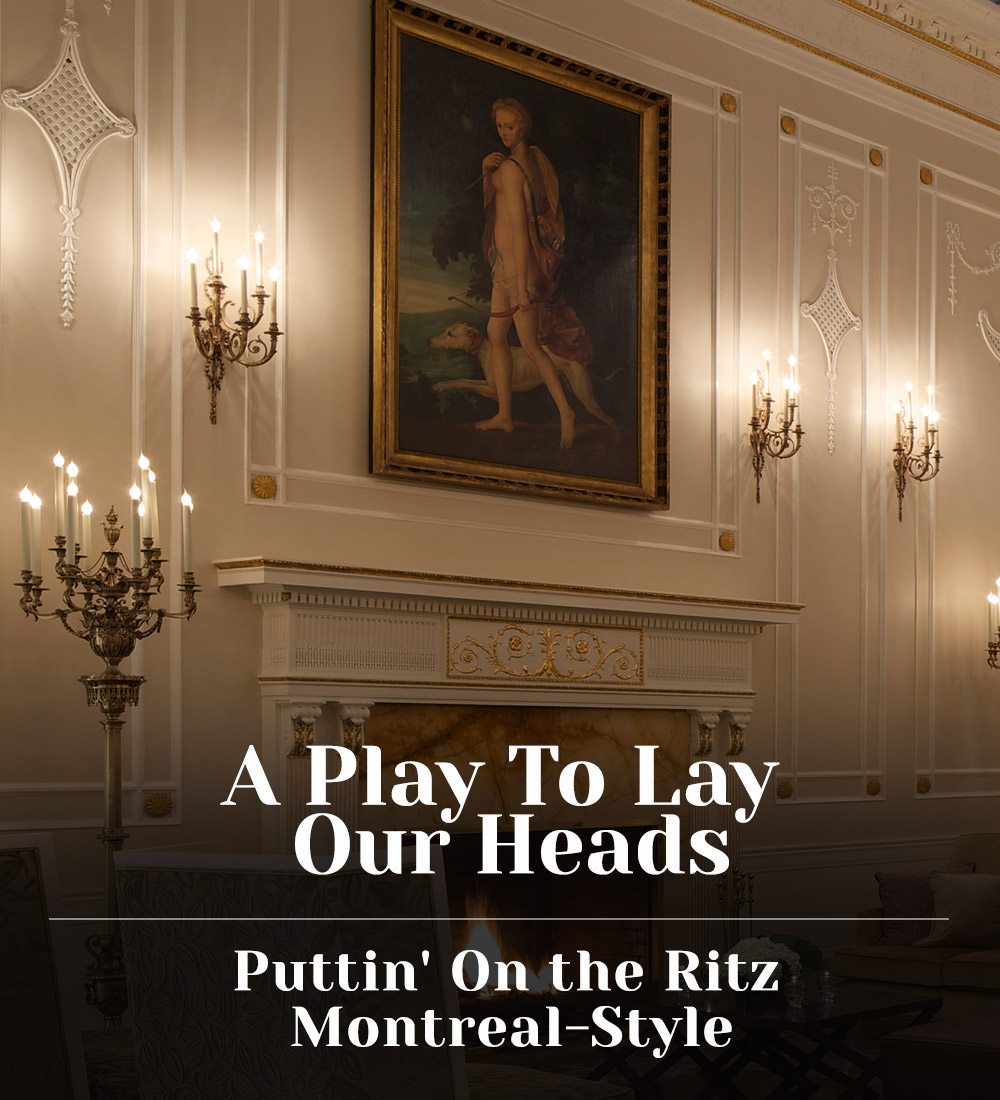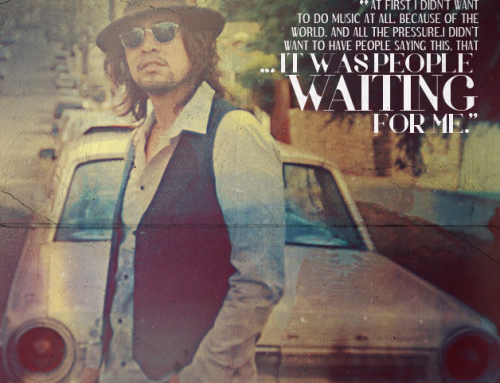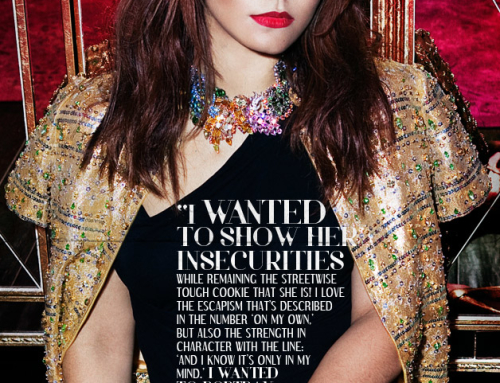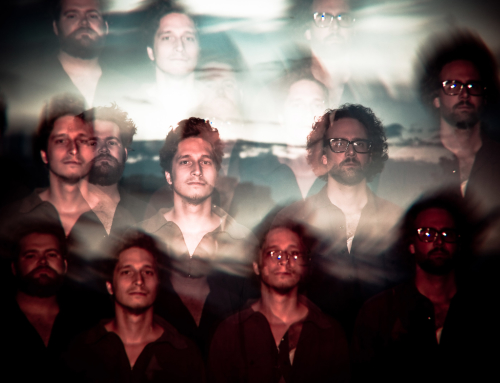The subject of the recently published book, A Bit of Rough (MU), a meditation on Verhoeven’s body of work published in conjunction with her MU exhibit, the artist shares with FILLER the story behind the evolution of her career, and the myriad of creative facets it’s explored and conquered.
What about fashion attracts you as an artist?
The extravagance, the excesses and showmanship of fashion. It’s all about how you choose to be perceived through clothes.
With fashion, as with anything, there is an underbelly. Is the flip side of the industry a matter of artistic interest for you?
I love the competitive, desperate, nasty side of the industry and how this manifests itself through people’s behaviour and choices.
What about your own image: Is fashion an idea you like to play with in terms of your personal style and makeup?
I take huge pleasure from dressing up and painting my face. It’s weirdly therapeutic and makes me happy. I constantly seek for a new visual style, but inevitably end up looking the same.
Art critic Francesca Gavin commented that your more recent works, including “Man Enough to be a Woman,” fight against your mainstream success, particularly in the fashion industry, arguing that that this process has, in fact, enriched your work. Do you agree?
I hadn’t thought of it in that way, but she is right. I am always frustrated by my own work, and strive to find a new aesthetic. I always want to offer something new, but this doesn’t always work in my favour.
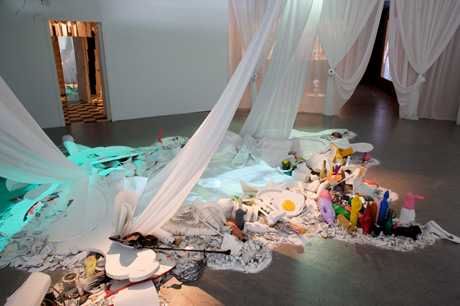
What’s the concept behind your recent MU exhibit?
I was inspired by turning 40 last year, and that consciously felt like a full stop to the work I had done to date. I wanted to multi-layer an overload of imagery, and exhibit all [of it] in this show … in a way to move forward. I liked the idea of touching on taste and acceptability. The title was lifted from a song and autobiography of Jayne County and the Electric Chairs. I like his/her crude attitude and gumption; an unapologetic brashness.
Did your vision for the exhibit evolve from the planning stage to installation?
I never have a clear look. It’s a very organic process and I am not good [at] committing on paper, but have to trust my instinct that it will come together. I prefer to work in the moment and let my emotions affect the results.
Does art sometimes grow a mind of its own?
I love it when it does.
Your installation captures that gritty flamboyancy of Jayne County and the Electric Chairs. In terms of décor, does your own house share any of the punk attributes of this exhibit?
It does. I threw black paint over some walls to mess things up a bit. I poured enamel pools of paint to hide a worn floor, and in general my home is in a glorious decline.
Through your work you often examine the female form and feminine consciousness. What is the attraction to this subject matter?
I just find human behaviour so fascinating and curious. This involves the male species, too, of course, but I find woman more visually pleasing, and feel a kindness, naturally. Relating to females, I can work my own frustrations out through them somehow on paper.
Over the course of your career, how has your perspective as an artist changed?
I have sadly become more cynical, but on a plus side, more confident. This certainly is reflected through my drawing — brasher, cruder and less filigree. I am less concerned now with trying to be tidy or controlled on the page.
Is drawing still your primal passion as an artist?
It is. I really struggle with it as I take it so, so seriously. It’s becoming harder, but once I am on a roll there is nothing better.




